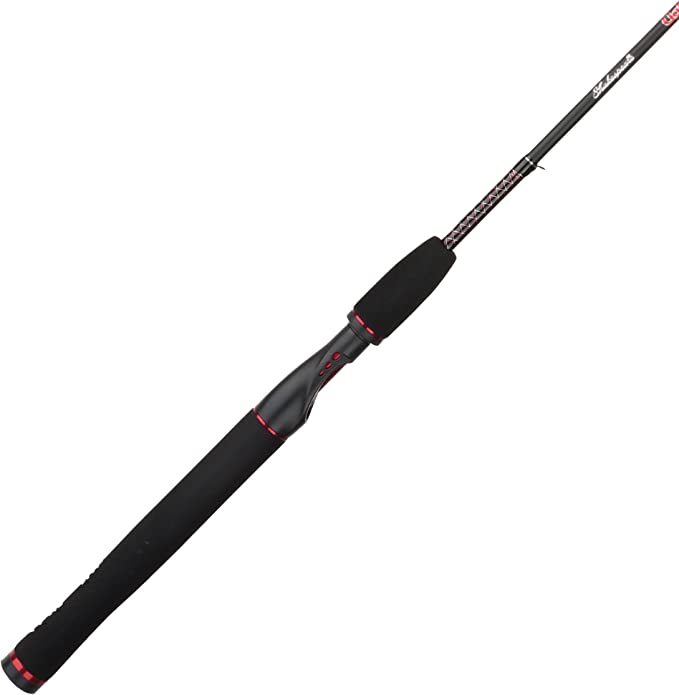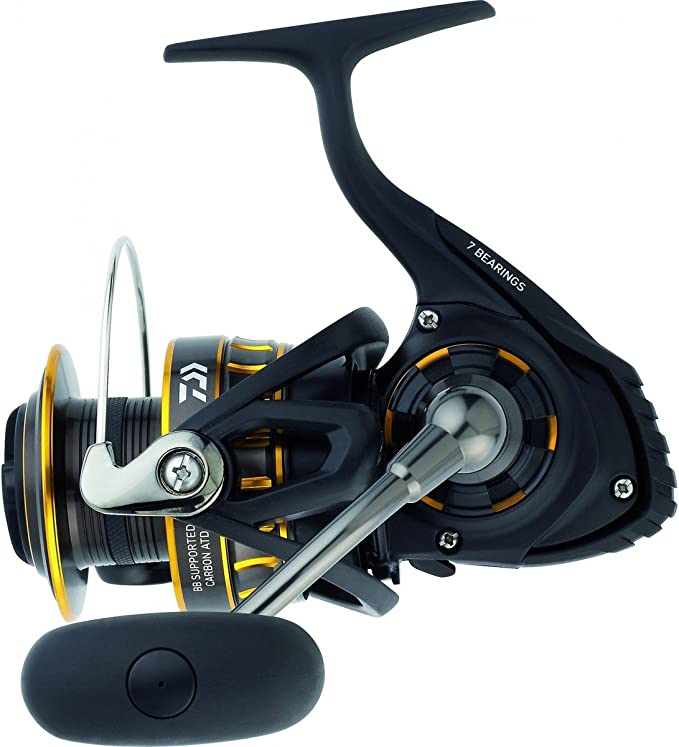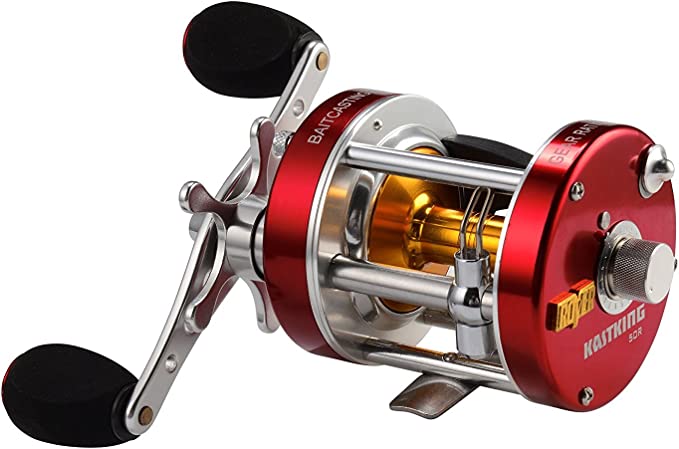The Engineering of Uptime: How a 150-Year-Old Idea Powers Modern Business Efficiency
Update on July 11, 2025, 8:37 a.m.
The morning rush at “The Daily Grind,” a cherished local coffee shop, is a finely tuned ballet. The hiss of the espresso machine, the rhythmic tamping of fresh grounds, the cheerful call-and-response of orders—it’s a symphony of controlled chaos that owner, Maria, has perfected. But on this Tuesday, the music stops. A barista calls out, his voice tight with panic, “The dishwasher’s flashing an error… no hot water.” Suddenly, the entire operation seizes. Dirty mugs pile up. The sanitizing cycle can’t run. The very pulse of the business, its ability to serve customers cleanly and quickly, has flatlined. The culprit isn’t a dramatic failure in the front of the house, but a silent surrender from the bulky, forgotten water tank in the back storeroom.
This scenario, all too familiar to small business owners, reveals a critical truth: the most significant threats to operational uptime are often the invisible ones. For countless enterprises—from restaurants and salons to boutique hotels and vet clinics—the reliability of something as fundamental as hot water is the bedrock of their service. When it fails, the business fails. And even when it works, traditional technology often imposes a hidden tax, a silent drain on the bottom line.

The Ghost in the Machine: Unmasking Standby Loss
Most businesses inherit or install conventional tank-style water heaters without a second thought. These units maintain a large reservoir of water—typically 40, 50, or even 100 gallons—at a constant high temperature, 24 hours a day, 7 days a week. This readiness comes at a steep price. As the stored water inevitably cools, the burner must fire up repeatedly to bring it back to temperature, even if not a single drop is being used. This phenomenon is known as standby heat loss.
According to the U.S. Department of Energy, this constant reheating cycle can account for 10% to 20% of a building’s total water heating costs. It is a ghost in the machine, an invisible operational tax paid out every month in higher utility bills. For a small business, this isn’t just inefficient; it’s a slow bleed of precious capital that could be invested in growth, marketing, or employee wages. It’s the price paid for relying on technology that, at its core, hasn’t changed much in a century. But the alternative—instantaneous, on-demand heat—has a surprisingly deep and fascinating history.
A Spark from the Past: The Birth of On-Demand Heat
To find the origins of a device like the Rinnai CX199iN, we must travel back to Victorian England. In 1868, a London painter and inventor named Benjamin Waddy Maughan, likely tired of the era’s unreliable and often frigid bathing experiences, filed a patent for the “Geyser.” His invention used natural gas to heat water as it flowed through a series of thin tubes, instantly delivering it for use. It was a revolutionary concept: heat on demand, with no storage and no standby loss.
The idea leaped across the Atlantic and into the hands of Edwin Ruud, a brilliant Norwegian-American mechanical engineer. In the 1880s, Ruud refined Maughan’s design, adding critical safety features and an automatic shut-off, creating the first commercially viable automatic storage tank heater, but also advancing the science of on-demand heating. The DNA of his ingenuity, the core principle of heating water as it moves, is the direct ancestor of the modern tankless water heater. Today’s models are the culmination of this 150-year-long engineering quest for efficiency and immediacy.

The Alchemist’s Secret: Decoding 97% Efficiency
A modern, high-efficiency unit like the Rinnai CX199iN performs a kind of thermodynamic alchemy, extracting nearly every ounce of energy from its fuel source. Its stated 97% thermal efficiency isn’t a marketing slogan; it’s a testament to a clever engineering process known as condensing.
Imagine a conventional heater as a leaky bucket of energy. It burns gas, heats water, and vents hot exhaust—along with water vapor created during combustion—straight out of the building. A significant amount of potential heat is simply lost to the atmosphere.
A condensing unit, however, is designed for a second pass, a thermodynamic treasure hunt. After the primary heat exchanger does the main work of heating the water, the still-hot exhaust gases are routed into a secondary heat exchanger. Here, they are cooled to below their dew point (around 54°C or 130°F). This forces the water vapor in the exhaust to condense back into liquid. This phase change releases a powerful burst of energy known as “latent heat,” which is captured and used to preheat the cold water entering the unit. It’s like using the exhaust from a car’s engine to help warm up the next tank of fuel.
This process introduces a unique materials science challenge. The resulting liquid condensate is mildly acidic (carbonic acid), capable of corroding standard metals over time. This is why the secondary heat exchanger must be built from highly corrosion-resistant stainless steel. It also explains why condensing units can be vented with inexpensive, easy-to-install PVC or CPVC piping, as the exhaust gases are no longer hot enough to require expensive, specialized metal venting.
The Conductor of the Blaze: The Symphony of Smart Combustion
A further layer of intelligence is required for a commercial-grade unit to be truly versatile. Businesses across North America use one of two primary fuel gases: natural gas (mostly methane, CH₄) or propane (C₃H₈). For perfect, clean combustion, each fuel requires a precise and different ratio of air. Getting this ratio wrong means wasted fuel, lower efficiency, and higher emissions.
This is where the Rinnai’s “Smart Sense Gas Control” acts like a masterful orchestra conductor. Instead of requiring a technician to manually install a conversion kit to tune the “instrument” for the right fuel, the system does it automatically. Through a series of sensors, it analyzes the properties of the incoming gas and dynamically adjusts the gas valve and combustion fan. It is a symphony of controlled combustion, constantly ensuring the air-fuel mixture is perfect for the score it’s been asked to play. For a business owner, this means installation is simpler, more reliable, and the unit operates at peak efficiency regardless of the building’s fuel supply.
Returning to The Daily Grind: A New Dawn
Let’s revisit Maria’s coffee shop a few months later. The bulky, inefficient tank heater is gone, replaced by a sleek, wall-mounted Rinnai CX199iN. The morning rush is in full swing, but this time, the ballet is flawless. The high-temperature commercial dishwasher runs its sanitizing cycles back-to-back without pause. A barista fills a bucket with hot water for mopping while another rinses equipment in a separate sink. The espresso machine pulls shot after perfect shot.
The unit’s 199,000 BTU of raw power, channeled into an 11.1 gallon-per-minute flow rate, effortlessly meets the peak demand. The abstract specifications on a product page have become the tangible reality of uninterrupted service. There is no more fear of running out, no more operational bottleneck. The quiet, consistent hum from the back room is the sound of reliability. It is the sound of business as usual, which is the most beautiful sound of all.

More Than a Heater, It’s an Investment in Resilience
For any modern enterprise, the decision to upgrade a fundamental piece of infrastructure is about more than just replacing old equipment. It is a strategic choice. Investing in a high-efficiency, commercial-grade tankless water heater is not an operational expense; it is a capital investment in uptime, efficiency, and resilience. It slashes the parasitic drain of standby heat loss from the monthly budget, provides the endless supply of hot water necessary for peak service and sanitation, and offers the flexibility to perform reliably in any commercial setting. It is the quiet hero in the wall, the unsung engine of commerce, and a powerful example of how a 150-year-old engineering dream is now the key to securing a 21st-century business.



















